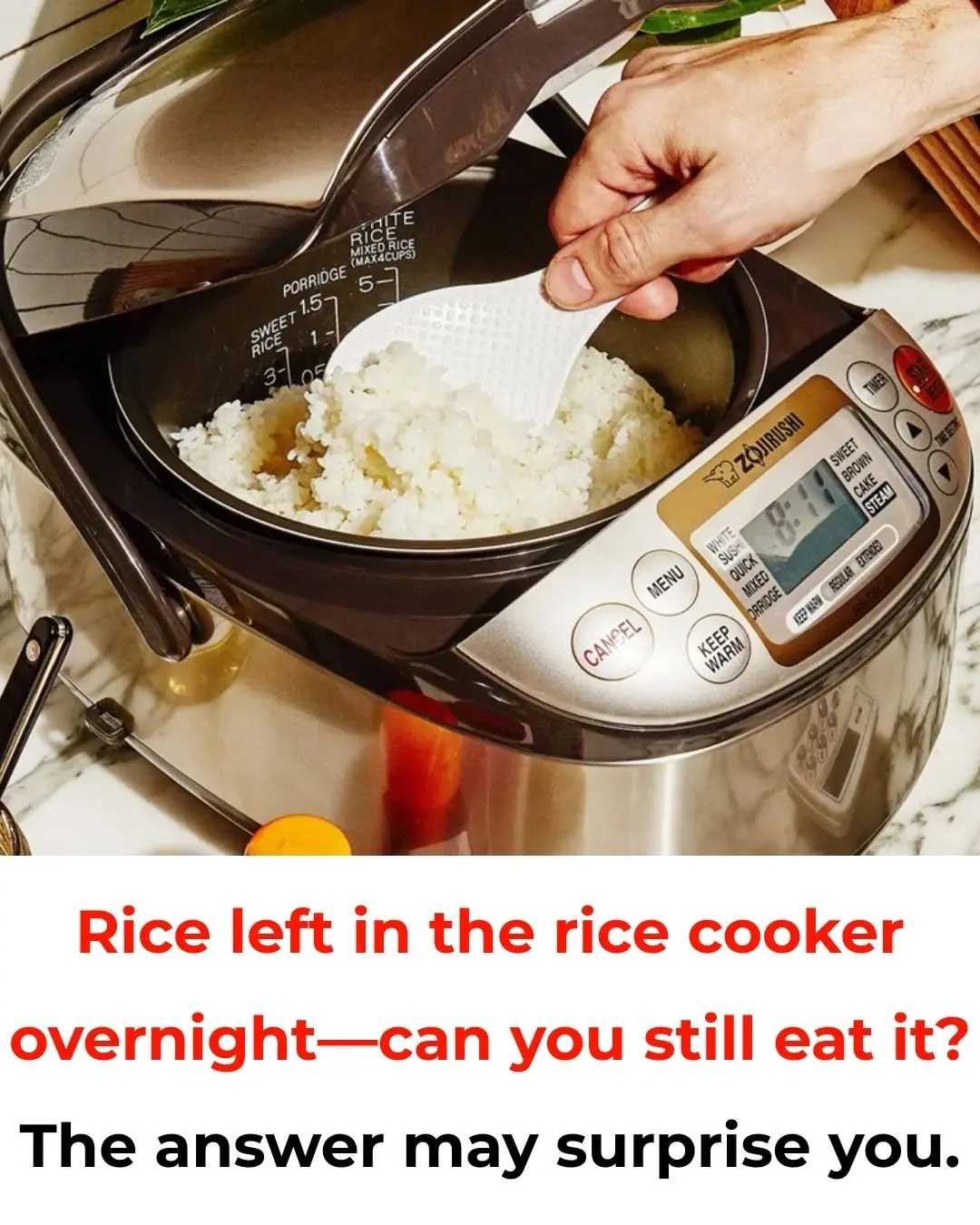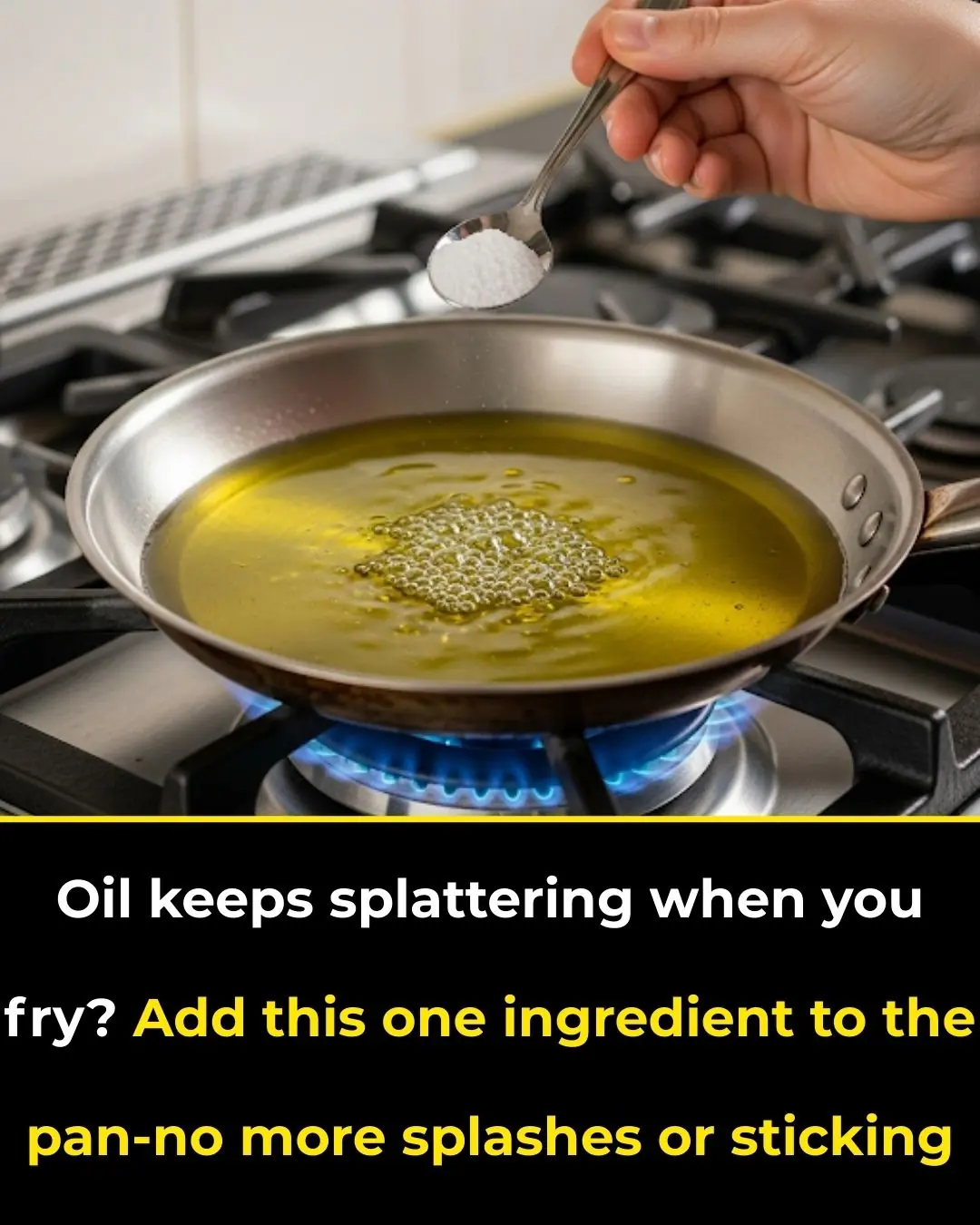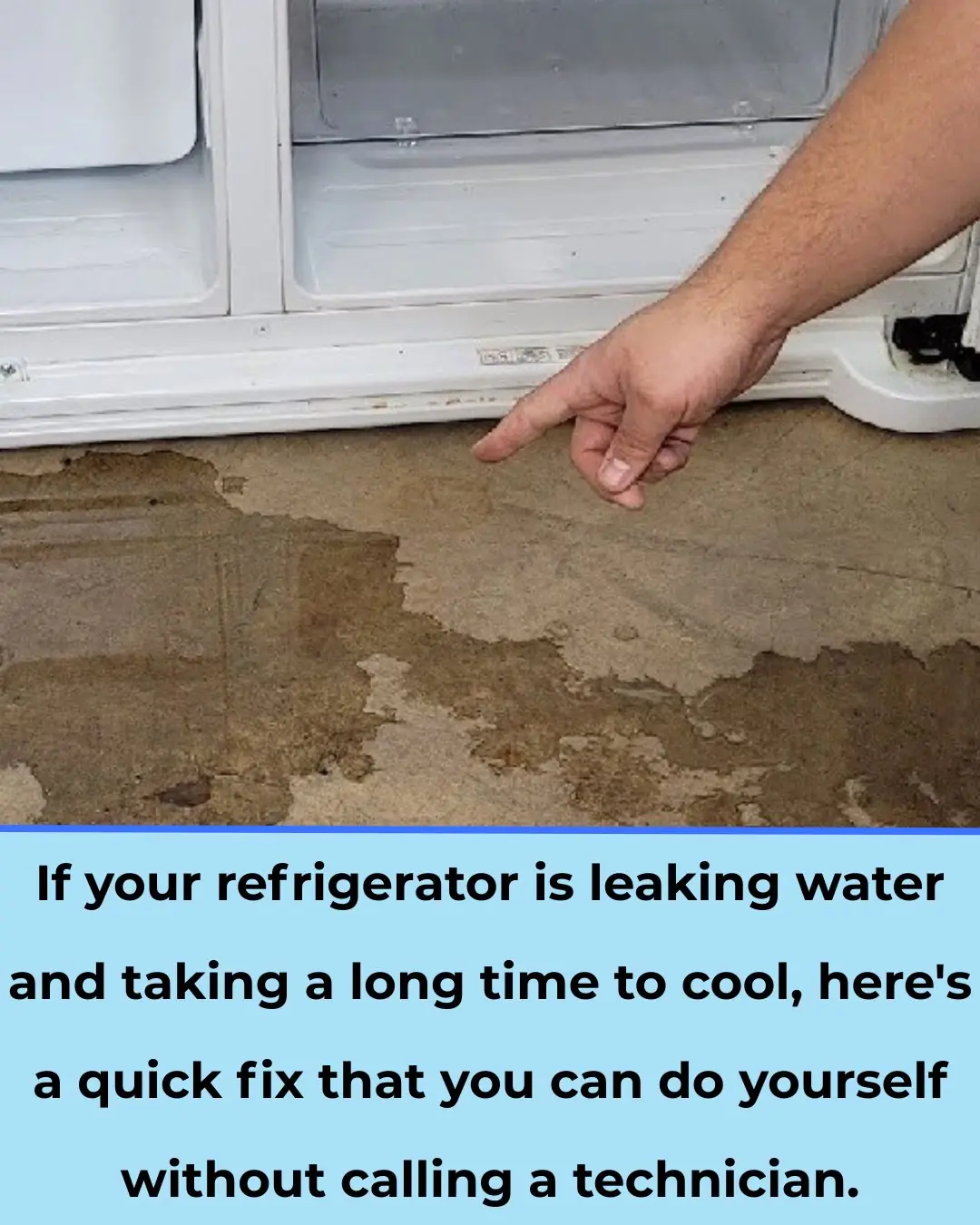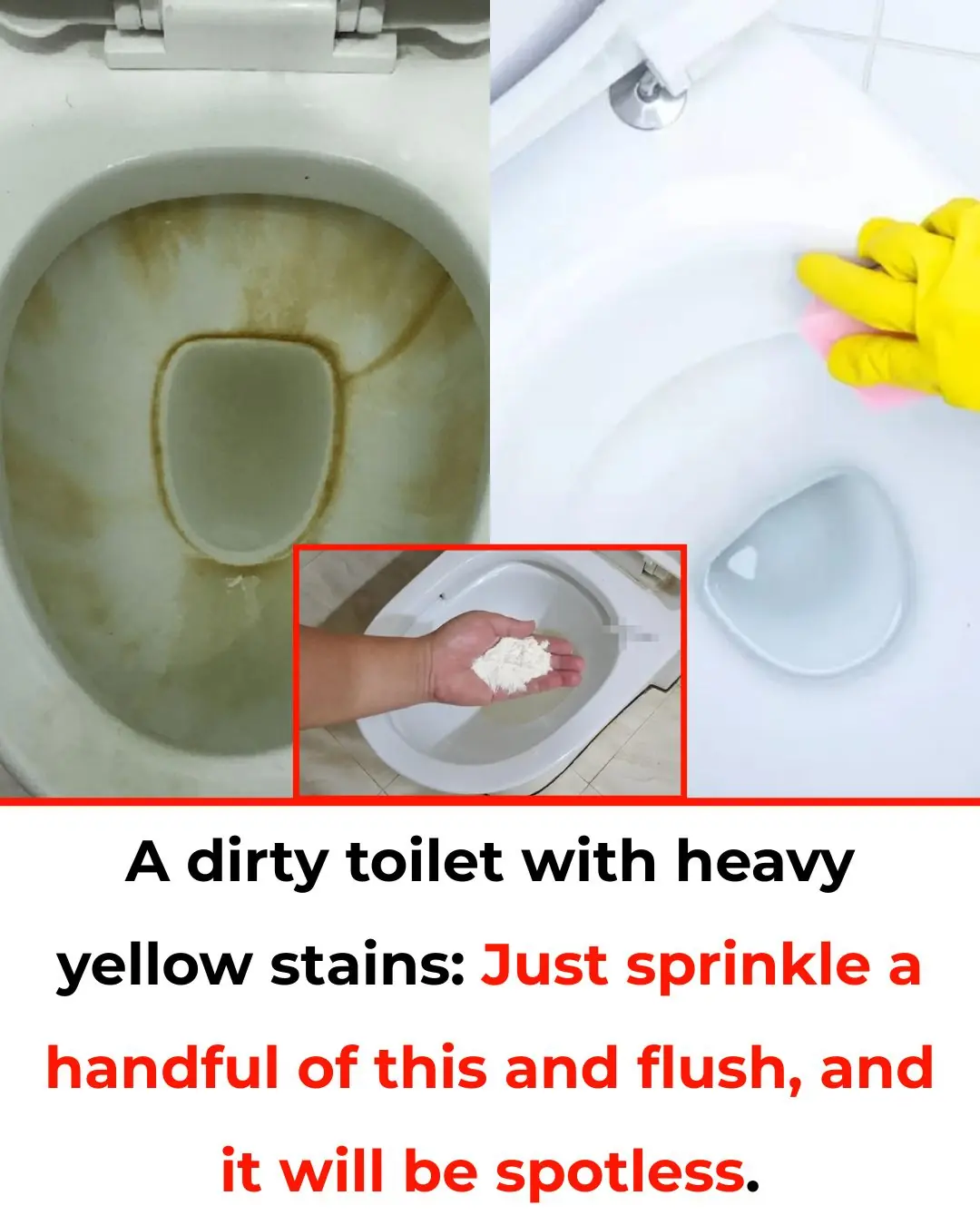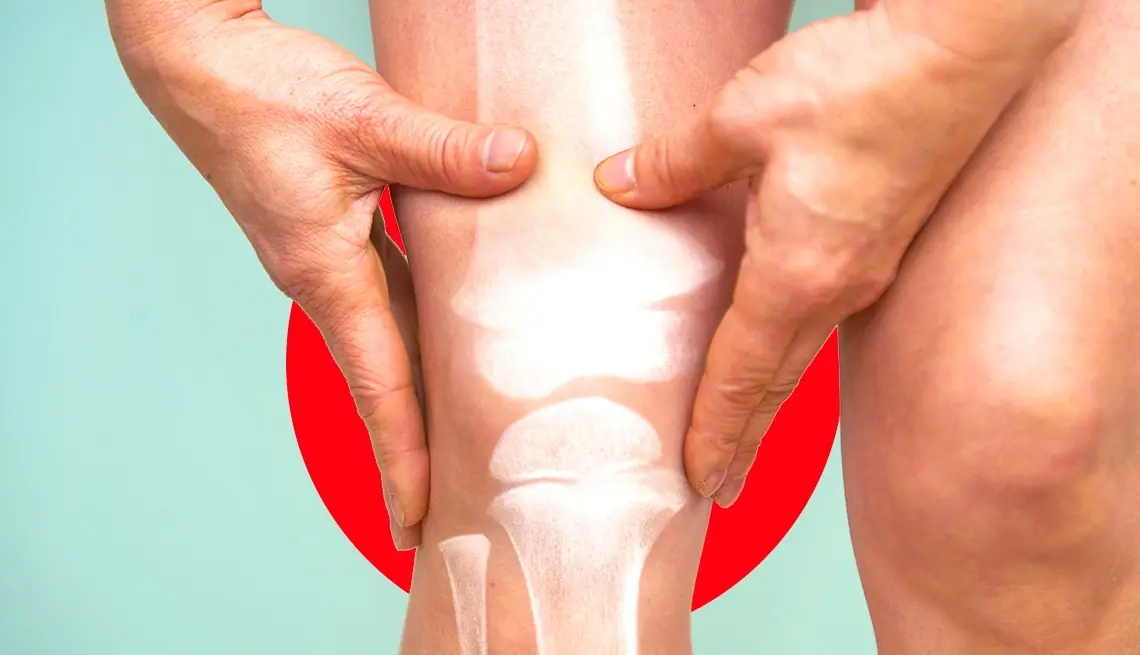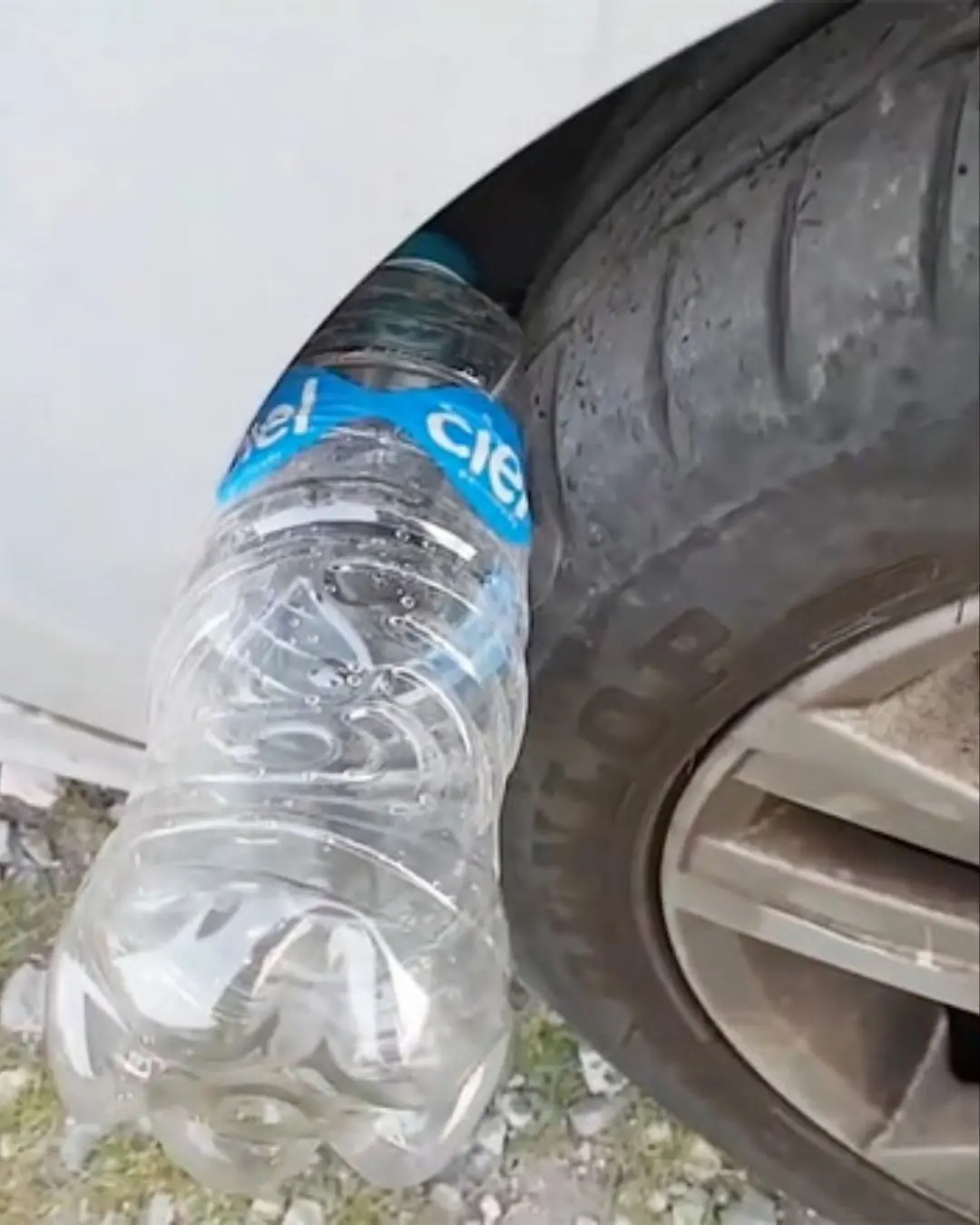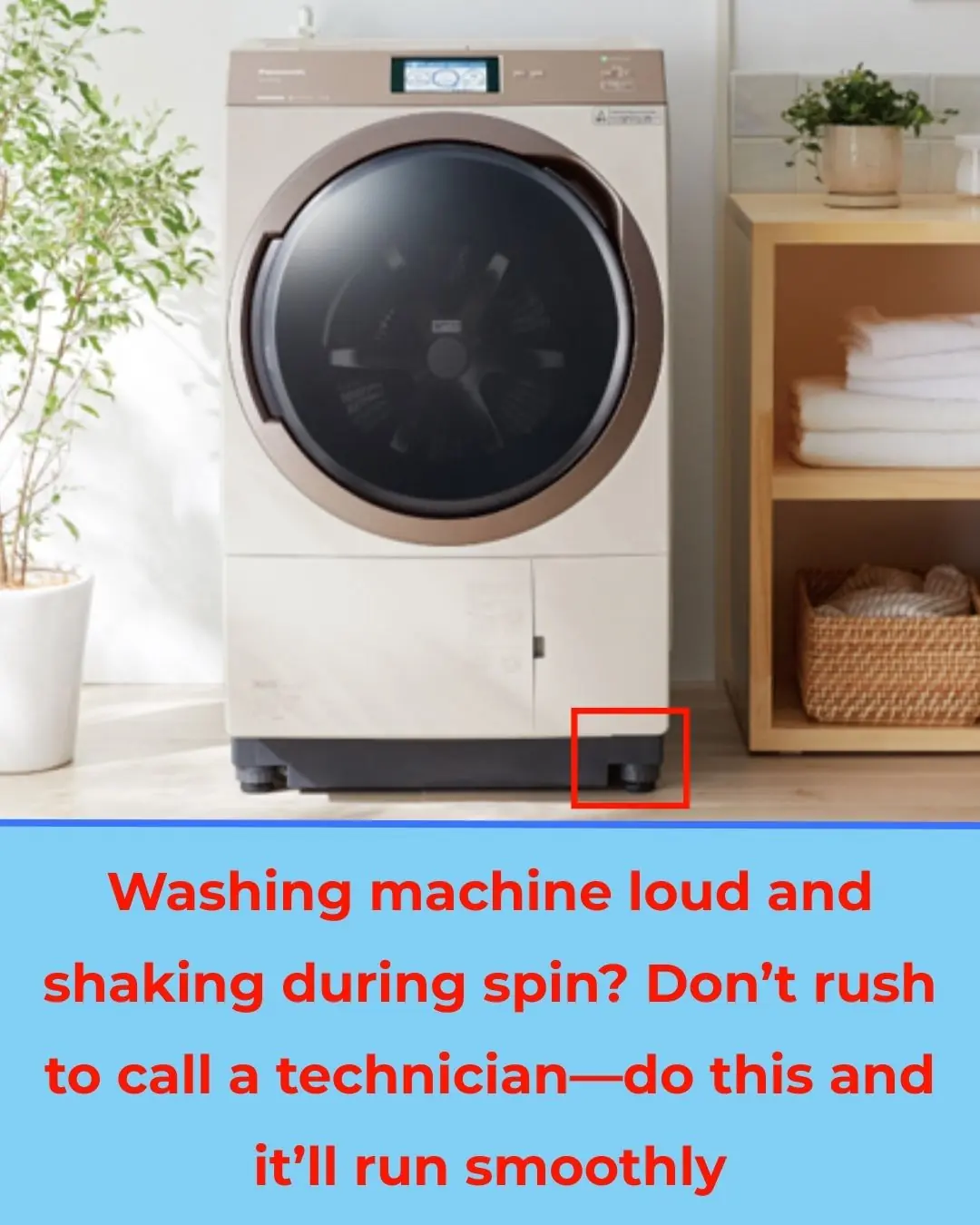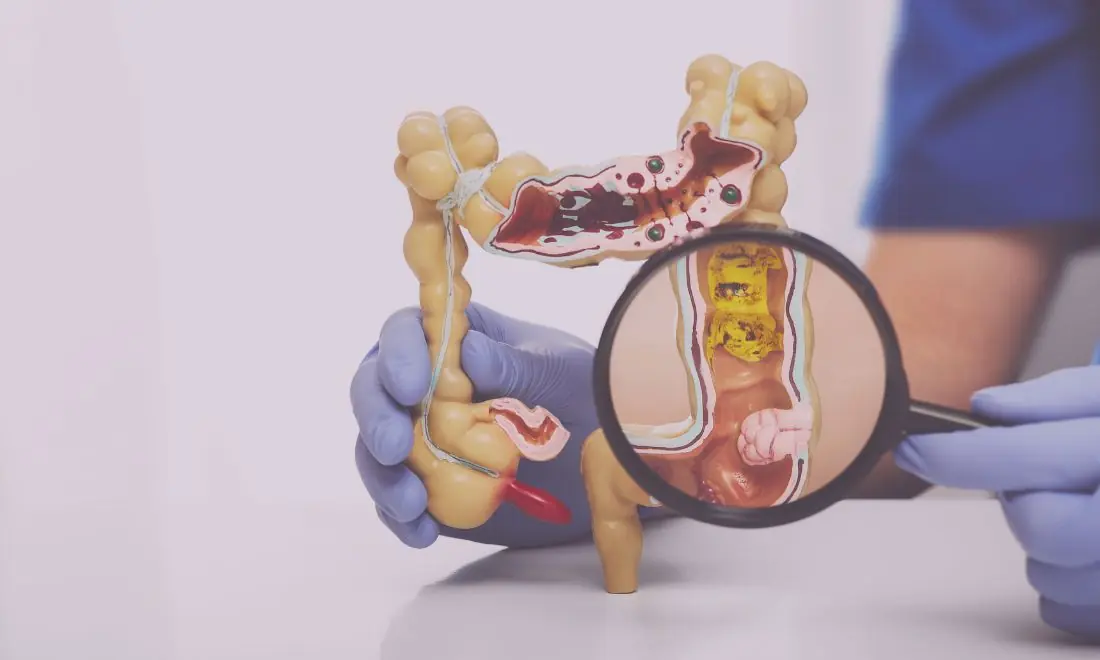Electric kettles have become an essential appliance in homes worldwide due to their convenience and speed in boiling water. Whether it’s for a cup of tea, instant coffee, or just to prepare hot water for cooking, the electric kettle is one of the most used gadgets in modern kitchens. However, despite its widespread use, there is a common mistake that many people make when using it, often without realizing it. This mistake not only affects the efficiency of the kettle but could also lead to its premature wear and tear. Fortunately, this issue can be easily corrected, and it’s worth reminding your family to do so early on.
The Common Mistake: Overfilling the Kettle
One of the most common mistakes made when using an electric kettle is overfilling it. This happens when people pour water into the kettle beyond the maximum fill line, thinking that it will give them more boiling water for later use. However, this practice can cause a range of problems, some of which may not be immediately apparent but can have long-term consequences.
Why Overfilling Is a Problem
-
Boiling Water Overflow
The primary issue with overfilling an electric kettle is that the boiling water may spill over during the boiling process. As the water heats up and begins to boil, it turns into steam and bubbles vigorously. If the kettle is filled past its maximum line, the bubbles and steam have nowhere to escape and can cause water to spill out, potentially causing burns and damage to surrounding surfaces. -
Reduced Efficiency
When you overfill the kettle, it takes longer for the water to reach boiling point. This is because the heating element has to work harder to bring the extra water to temperature, which uses more energy. Over time, this can also lead to higher electricity bills and a less efficient appliance. -
Strain on the Kettle
The internal components of the kettle, such as the heating element and thermostat, may experience additional strain if the kettle is regularly overfilled. This can reduce the lifespan of the kettle and may cause it to break down sooner than expected. In some cases, it can even cause damage to the kettle’s electrical wiring, leading to potential safety hazards. -
Steam Damage
Excess steam from an overfilled kettle can escape from the spout or lid and accumulate around the kettle. Over time, this can cause damage to the electrical parts and lead to rusting or other forms of corrosion, reducing the overall lifespan of the kettle. -
Safety Concerns
Overfilling the kettle can lead to potential safety hazards, especially when boiling water reaches the edge of the kettle and overflows. The hot water can cause burns or scalds to anyone nearby, including children or pets. Additionally, if the lid of the kettle isn’t properly sealed due to excess water, hot steam may escape and cause accidents.
How to Correct This Mistake
Fortunately, this issue is easily preventable with a little care and attention. Here are a few simple steps you can take to avoid overfilling your electric kettle:
-
Pay Attention to the Max Fill Line
All electric kettles are designed with a maximum fill line, which indicates the highest level of water the kettle can safely hold. Ensure that you always fill the kettle below this line to prevent boiling water from spilling over. -
Use the Right Amount of Water
Only fill the kettle with the amount of water you need. If you’re only making one cup of tea, don’t fill the kettle to its maximum capacity. By boiling only the necessary amount of water, you will save time, energy, and reduce the wear on your kettle. -
Check the Kettle Before Boiling
Before you turn on the kettle, take a quick look at the water level inside. Make sure it’s below the maximum fill line, and adjust the water level accordingly. This simple step can prevent many of the problems caused by overfilling. -
Educate Your Family
If you live with family members, especially children, it’s essential to teach them the correct way to use the kettle. Make sure they understand the importance of not overfilling the kettle and the safety hazards it can cause. Encourage them to always check the water level before boiling and avoid any rush that could lead to mistakes. -
Clean the Kettle Regularly
Even if you avoid overfilling the kettle, it’s still important to clean it regularly to maintain its efficiency and prolong its lifespan. Over time, mineral deposits from the water can accumulate inside the kettle, affecting its performance. Cleaning it periodically will keep it in good working condition and ensure it continues to function efficiently.
Other Common Electric Kettle Mistakes to Avoid
While overfilling is one of the most common mistakes, there are other issues that people often overlook when using electric kettles. Here are a few additional mistakes to watch out for:
-
Not Using the Kettle for Its Intended Purpose
Some people may use the kettle for tasks that it was not designed for, such as boiling milk, soup, or other liquids. Electric kettles are intended for boiling water, and using them for anything else can cause damage to the heating element and other parts of the kettle. -
Leaving the Kettle on After Boiling
Once the kettle has finished boiling, it’s important to turn it off. Leaving the kettle on can waste energy and increase wear on the appliance. Modern kettles typically come with an automatic shut-off feature, but it’s still a good idea to check and ensure it’s turned off after use. -
Forgetting to Descale the Kettle
In areas with hard water, mineral deposits can accumulate inside the kettle over time, causing a build-up of limescale. If left unchecked, this can reduce the kettle’s performance and even damage the heating element. Regular descaling can help keep the kettle running efficiently. -
Using the Kettle with a Damaged Cord
A damaged power cord is a safety hazard and can cause electrical accidents. Always inspect the kettle’s cord for frays or exposed wires and replace it if necessary.
Conclusion
Electric kettles are a fantastic appliance that simplifies the process of boiling water, but it’s important to use them correctly to ensure safety and efficiency. Overfilling the kettle is a common mistake that many households make, but with a little care and attention, it can easily be avoided. By following the simple steps outlined above, you can extend the lifespan of your kettle, save energy, and reduce the risk of accidents in the kitchen. Reminding your family to always check the water level before boiling will go a long way in ensuring a safe and efficient kitchen environment.


